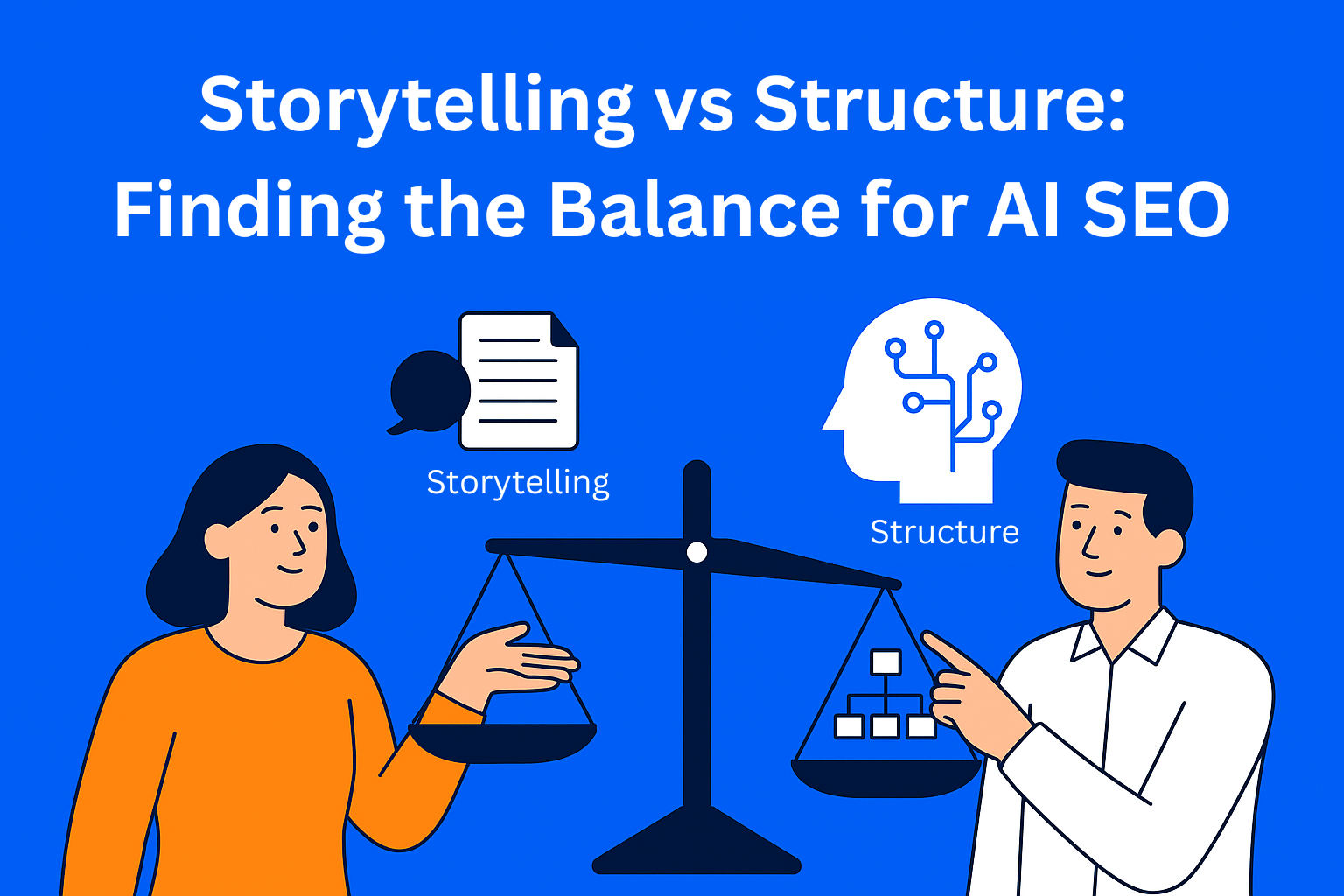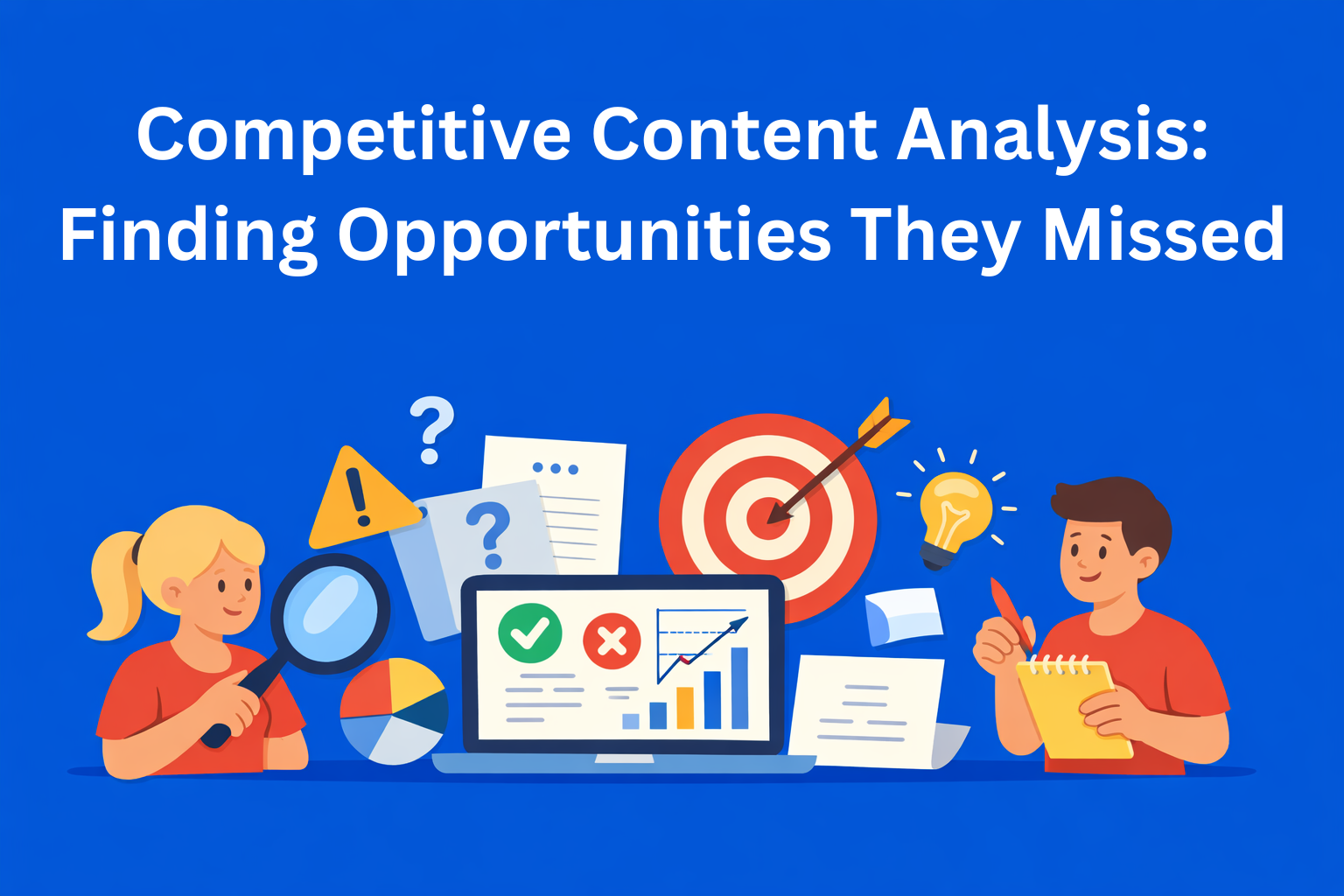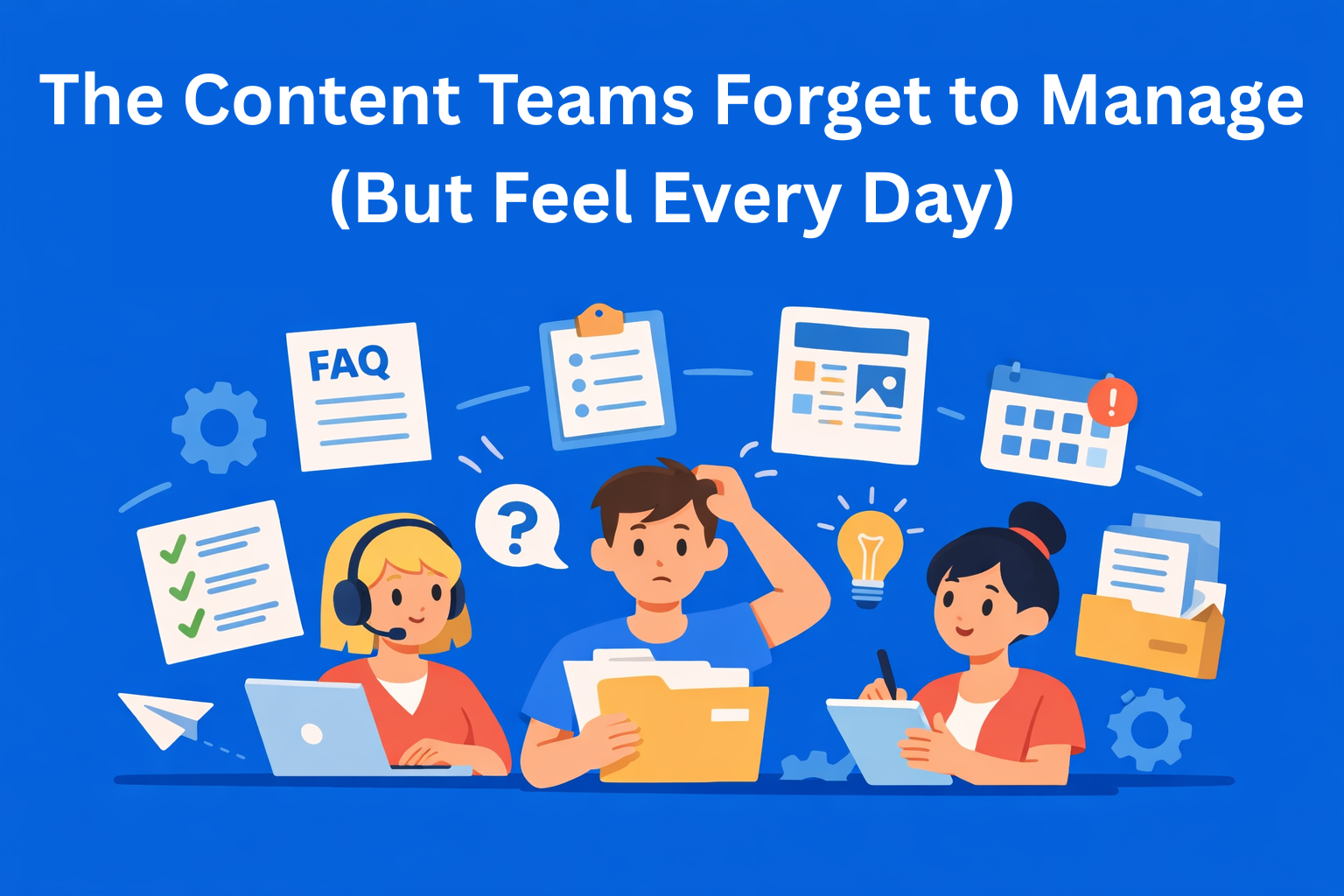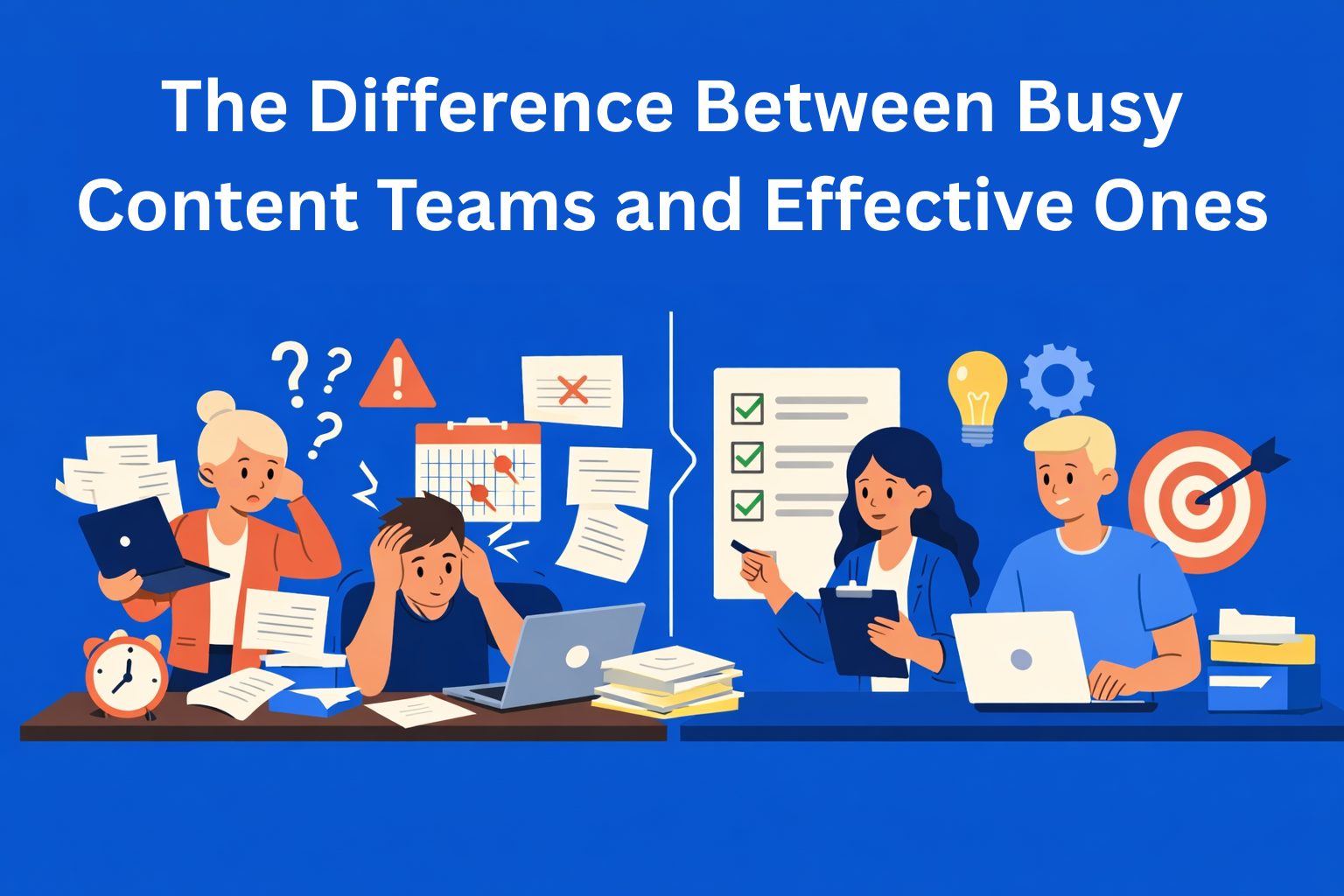Storytelling vs Structure: Finding the Sweet Spot for AI SEO
Learn how to write content that connects emotion and structure. Discover the balance between storytelling and AI SEO, and how to make your words both engaging for people and visible to search engines.

Most brands believe they have to choose between writing for people or for search engines. On one side are emotions, stories, and creativity. On the other, keywords, structure, and SEO rules. But with the rise of AI SEO and advanced searches powered by artificial intelligence, that choice is no longer necessary.
The real strength lies in the combination. AI doesn’t just understand words, it also recognizes context, tone, and intent. This means your content can be both readable to humans and understandable to machines. The key is learning how to connect storytelling and structure.
Key Takeaways
- Storytelling and structure are not opposites - emotion and logic can coexist to create content that resonates with humans and is understood by AI.
- AI recognizes clarity and intent - well-organized writing with a clear flow helps both algorithms and readers grasp your message faster.
- Stories build trust, structure builds reach - emotional storytelling attracts attention, while structure helps AI categorize and display your content.
- Balance is the new SEO skill - combining narrative depth with logical formatting increases your content’s confidence score and discoverability.
- Write naturally, but with direction - authenticity and rhythm matter more than keyword stuffing; clear, human writing is now the true SEO advantage.
The Power of Storytelling: Why Stories Still Win
People love stories. Since childhood, we connect with emotions and images. When a brand uses storytelling, it builds trust and creates a bond with its audience. Instead of dry information, a story delivers a message and shows character.
For example, instead of simply saying their product saves time, a brand can tell a simple story about a person whose day became easier thanks to that product. Such a story captures attention and helps the message stick. In the era of AI search, an honest tone and emotion become an important signal that AI recognizes as valuable and worth showing.
Structure: The Language Machines Understand
While storytelling is key for emotion, structure is essential for understanding. AI systems analyze text through patterns, headings, subheadings, and logical connections between ideas. When a text is well-organized, AI can categorize and display it more easily in search results.
This means that content should have clear sections, understandable headings, and a natural flow. Keywords should appear naturally within context, not randomly. That way, AI understands the meaning while readers stay engaged.
Imagine a text with no structure: long paragraphs with no headings or transitions. That kind of content is hard for both the reader and the machine. On the other hand, a well-structured text guides both through the story with clarity and rhythm.
Where Story and Structure Meet
The real magic happens where storytelling and structure come together. When a story carries emotion but also has clear order and logic, both AI and readers understand it the same way. That’s what we call the sweet spot in an AI SEO strategy.
For example, a blog that starts with a personal anecdote (storytelling) and then moves into a clear explanation of the problem and solution (structure) has a much higher chance of ranking well in search results. AI recognizes the flow and sees that the content is useful and contextually relevant.
Tips for balance:
- Write simply, as if you’re telling a story, but separate topics with subheadings.
- Use keywords naturally within sentences.
- Add short examples and small stories to the text.
- Make sure each section has a clear purpose and value for the reader.
How AI Changes the Rules of SEO
Traditional SEO relied on keywords, links, and technical signals. But AI SEO changes that. It evaluates how relevant, consistent, and trustworthy content is.
In AI search, algorithms don’t just look for keyword matches, they analyze overall meaning. That’s why storytelling and structure are now equally important.
A new concept worth mentioning is the confidence score, how much AI trusts that your content is accurate and relevant. Content with clear explanations, examples, and logical structure has a higher confidence score and better chances of being displayed.
How to Write for People and Machines at the Same Time
Writing for both people and machines isn’t a trick, it’s a skill you can learn. Here are some practical steps to help you find the right balance:
- Understand user intent. Every text starts with a question: what does the reader want to know? Once you know that, it’s easier to shape both story and structure.
- Use micro-stories. Add short, real-life examples.
- Organize text logically. Headings, subheadings, lists, and transitions make content easier to follow.
- Use different expressions. Instead of repeating the same phrase, use related terms with similar meaning.
- Write naturally. If the text sounds robotic, neither people nor AI will appreciate it. Today, AI recognizes a natural tone and rewards authenticity.
Conclusion
The future of digital content belongs to those who can blend story and structure. Brands that connect emotion with clear explanation will be more easily recognized by both people and AI systems.
Writing for AI SEO doesn’t mean giving up creativity, it means using it wisely. When a text has both a story and a good organization, it becomes visible and valuable.
Today, as AI increasingly decides what people read, the balance between story and structure is no longer a choice, it’s the key to success for every writer and brand.






